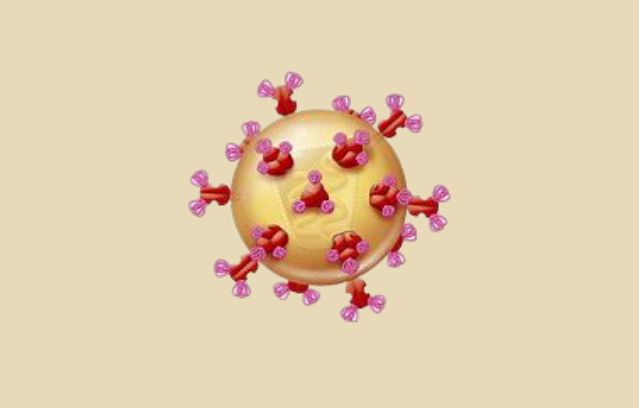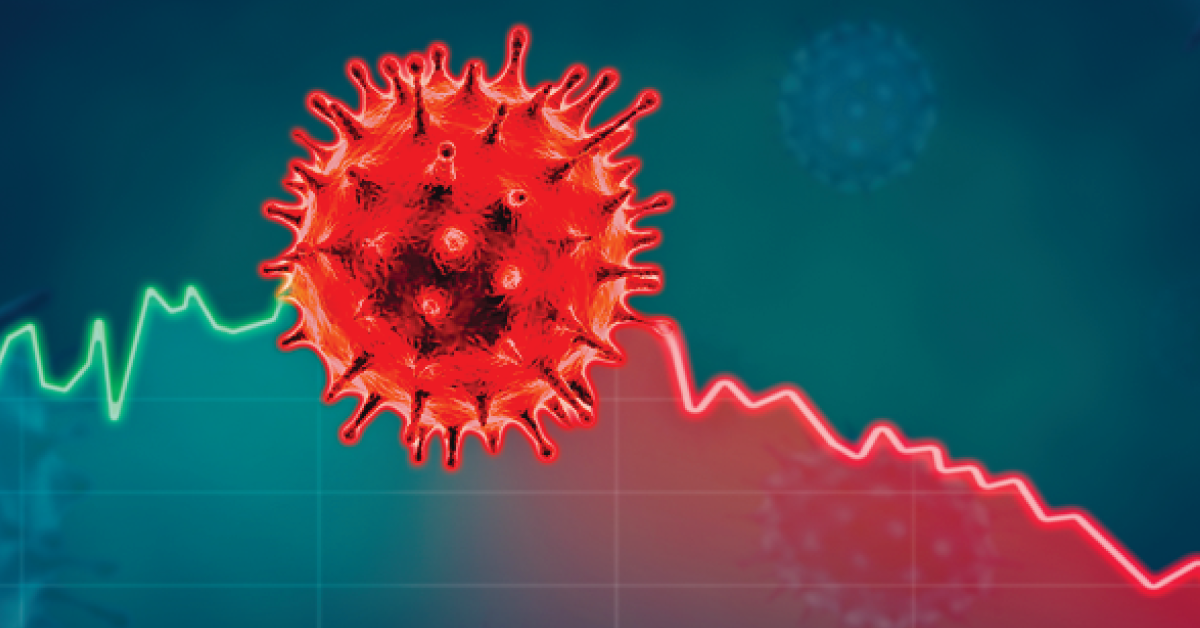
Human ImmunoDeficiency Virus is a fatal virus that has infected the human world to an extent that it will take more than a decade for complete eradication. HIV is dangerous because it cannot be easily diagnosed. The disease greatly impacts the human population. The infection leads to AIDS which itself is not fatal but attracts many infections which can lead to death. World’s AIDS Day is an initiative that is taken by the WHO to make sure that there is an end to it by 2030. The awareness has to be created in various parts of the world to make sure everyone gets treated. Consult family physical for better understanding.
Understanding HIV-AIDS
HIV has a unique structure. They have an envelope which is made up of lipids and the protein part. They contain knob-like spikes on the surface of the virus. Nucleocapsid is made up of core protein. The inheritance material is RNA which is single stranded positive sense linear RNA. There is a presence of a viral enzyme which is closely associated with RNA. The modes of transmission of HIV are:
Sexual mode : This is most common mode of transmission of the disease. This mode of transmission accounts for 75 percent of total cases in the world. The heterosexual route that means males to females via vaginal coitus is the commonest route. However the risk of transmission through sexual route is minimal. Anal intercourse especially among homosexual males or male to female is the most common mode.
Blood transfusion : This is the least common mode of transmission but the risk of transmission is maximum. Although there is now strict screening in the blood banks to prevent this type of infection. Blood transfusion rules have greatly affected the spread of AIDS.
Percutaneous/ mucosal : This mode of transmission such as needle stick injury, injection drug abuse and sharing razors or tattooing or splashes of infected blood on eyes. The drug addicts are often found to be
Perinatal mode : In the absence of any intervention, the risk of transmission from mother to foetus is about 20-40 percent. Transmission may occur at any time during pregnancy and breastfeeding but the risk is maximum during the delivery. Risk is maximum if the mother is recently infected or has already developed AIDS. There is no evidence of HIV transmission by casual contact or kissing or insect bite. Consult your general physician and seek help in such situations.
Viral load : It is maximum in blood, genital secretions, and CSF; variable in breast milk and saliva; zero to minimal in other body fluids or urine. Saliva may contain inhibitory substances like fibronectin and glycoproteins, which prevents transmission of the virus.
What is the impact of HIV infection on society?
Economic impact of HIV can be a personally traumatic period for an individual. This can put stress on the economy. The impact of HIV is felt by all stakeholders including government, the private sector and the household. The indirect cost is really hard to cut down. The government has to put money apart from medicine and treatment. This includes diagnosis and mass screening. The government has to provide a budget to every province which will help in mass screening. There is still a stigma around the disease and thus it’s tough to find a large human population. The child of the infected mother or parents is treated unequally. We need the right amount of guidance. Apart from that AIDS is a social issue now because this disease doesn’t show symptoms at one go and can enter latent period in your body. This means that it can take a long time to actually make a diagnosis. This is the reason that doctors fear it will turn into a pandemic. Your general physician is the best person to guide you through this. Apart from that there are many online consultation platforms run by the government to help people reach the right people and seek help. You can make an online consultation to see through the ways to prevent the infection. Sexual transmission and blood transfusion are very common ways of transmission. It’s important to understand that if this disease spreads it can lead to death and thus impact the social and economic balance of the country.
Where does the World stand on HIV-AIDS infection?
It’s a year after a covid pandemic but still it’s a long way to end! The same goes with HIV infection, the human kind has been under the control of this infection for 40 years. Around the world 38 million people are infected from this infection. Last year 1.5 million new people were infected, around 6800 people died because of the causes of AIDS. It has a global prevalence of 0.8 percent in adults. Sub-Saharan Africa remains the most severely affected region, with nearly one in every 25 adults living with HIV and accounting for nearly two-third of the people living with HIV worldwide. In India 0.22 percent of adults are infected with HIV. Northeastern states have the highest prevalence. Maharashtra was the worst affected state. The goal is to end HIV by 2030! Back in 1980’s the HIV virus 8nfection was seen as a death sentence then by 2000, 28 million people were living with HIV but only very few received retroviral vaccine. Today the scales have tipped, yearly AIDS related death have almost halved and more than 50 percent of people have access to treatment. The truth is that if a person starts treatment today he has the same life expectancy as the person who is HIV free. The global aid movement has made medicines affordable in almost every country. But still there is much work to do. World AIDS Day, an initiative by WHO, is helping people live better lives all around the world! UNAIDS shapes public policy, mobilises investment, establishes legal framework, produces data, builds health and community systems, and promotes health.
What are the treatment options for HIV?
The disease is a cause of concern all around the globe because of the treatment options. There is no permanent cure for the infection and thus the cure is still a mystery. Although WHO has come to conclusion and laid a general protocol which will help patients recover. There are certain drugs which together are called Antiretroviral Therapy (ART). This denotes the approved drug used for the treatment of HIV/AIDS. The drugs do not kill all the viruses or cure the disease. However, they have the following goals :
Clinical goals include prolongation life, improvement in quality of life.
Virological goals include greatest possible sustainable reduction in the viral load.
Immunological goals target immune reconstruction both quantitative and qualitative improvement.
Transmission goals include reduction of HIV transmission from infected persons to others.
The ART guidelines were laid in 2018 by NACO. This includes indications to start ART. The first step is to treat all that ART has to be started in all patients irrespective of CD4 count, clinical stage, age, population or associated other infections. Highly reactive Antiretroviral therapy refers to the use of a combination of at least three Antiretroviral drugs to maximally suppress the HIV and stop the progression of the disease. Monotherapy with a single drug is contraindicated due to inefficiency and chance of development of resistance. Your family physician can explain to you better about the treatment.
NACO recommended the first line HAART regimen, the principle of this regime is as follows : this includes three drugs as the first regimen. Protease inhibitors are added in place of NNRTI for HIV-2 infection. The other first line ART regimens for various situations are abacavir, zidovudine and stavudine. Monitoring CD4 count and viral load have to be monitored every 3-6 months to monitor the response to treatment. The treatment of various opportunistic infections should include various antimicrobial drugs. Prophylaxis is indicated for opportunistic infections. The general physician is the best person to have the knowledge about the same. There are certain common infections such as pneumocystis pneumonia, cryptococcal meningitis etc. These infections have certain drugs and protocols to be followed to prevent further complications.


